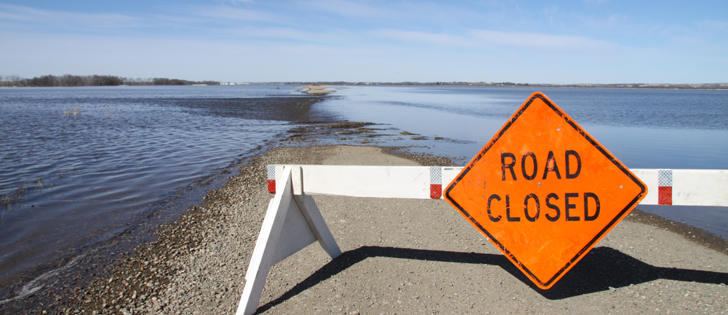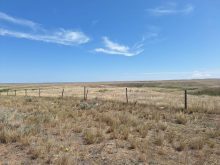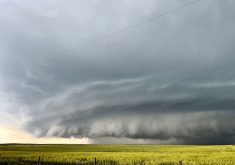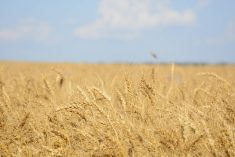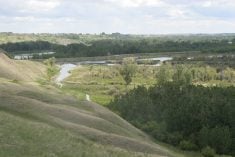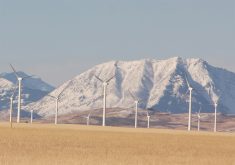Farmers in certain areas of southern Manitoba need four to five weeks of ideal weather or they won’t be planting a crop this spring.
The spring weather in late April has been far from ideal with successive storms dumping wet snow on parts of Manitoba from April 22-24. On top of that, temperatures for the final week of April were expected to hit daily highs of 3–5 C.
Bill Campbell, who produces crops and raises Limousin cattle near Minto, Man., said fields remain extremely wet in his area.
Read Also

Farming Smarter receives financial boost from Alberta government for potato research
Farming Smarter near Lethbridge got a boost to its research equipment, thanks to the Alberta government’s increase in funding for research associations.
Getting a crop in the ground around Minto will require a best case scenario.
“In a nutshell, we’re two weeks from being on the land, we need two weeks to prepare the land and we need two weeks to sow the land. So, we’re looking at a very optimistic completion date of the 4th of June. Any weather that is detrimental to that (schedule) puts us in jeopardy of not being able to seed a crop,” Campbell said at an April 20 Keystone Agricultural Producers meeting in Portage la Prairie.
You can find more info in our “Prairie Flood Report,” here.
“If the forecast for the next 10 days (late April–early May) is correct, there will be acres unseeded in our particular area.”
Fields in many parts of southwestern Manitoba remain wet because fall rain saturated soil before freeze-up. Then, an early March blizzard brought 25 to 40 centimeters of snow to the western half of the province.
David Rourke, who also farms near Minto, has lived through wet springs and he’s trying to remain hopeful.
“The weather could change and it … could be seeding as usual, but we’re so saturated right now, a couple of untimely rains and we might not get it in.”
Campbell and Rourke said it’s hard to estimate how many acres are in jeopardy in southwestern Manitoba.
However, there are pockets, especially regions with flat terrain, that have waterlogged soil, snow still in the bush and ponds of water on the field.
“I think it is smaller areas … where topography and historical rainfall last year are more of significance,” Campbell said.
The situation is less severe north and northwest of Brandon. Rolling land is more prevalent, and water ponding on fields isn’t an issue.
“We didn’t have a lot of creek flooding or overland flooding,” said Justin Jenner, who farms near Minnedosa, Man.
“We were drying up pretty good, except for the bushes.”
Neil Galbraith, who farms northwest of Minnedosa, said at the KAP meeting before the snowstorms that seeding will likely begin in early to mid-May in his region.
“We went into freeze-up the wettest we’ve ever been. Having said that, things are looking better than I thought they would,” he said.
“If we don’t get a lot of rain, things could play out OK.”
Unfortunately, Campbell has more than just rain to worry about. He wasn’t able to work the land following harvest because of frequent and heavy downpours last fall.
He needs to wait for fields to dry up and then prepare the land for seeding.
“We’ve got ruts that are 18 inches deep that we have to deal with … (and) we still have crop that is unharvested. I don’t know how we’re going to deal with that.”
Contact robert.arnason@producer.com




